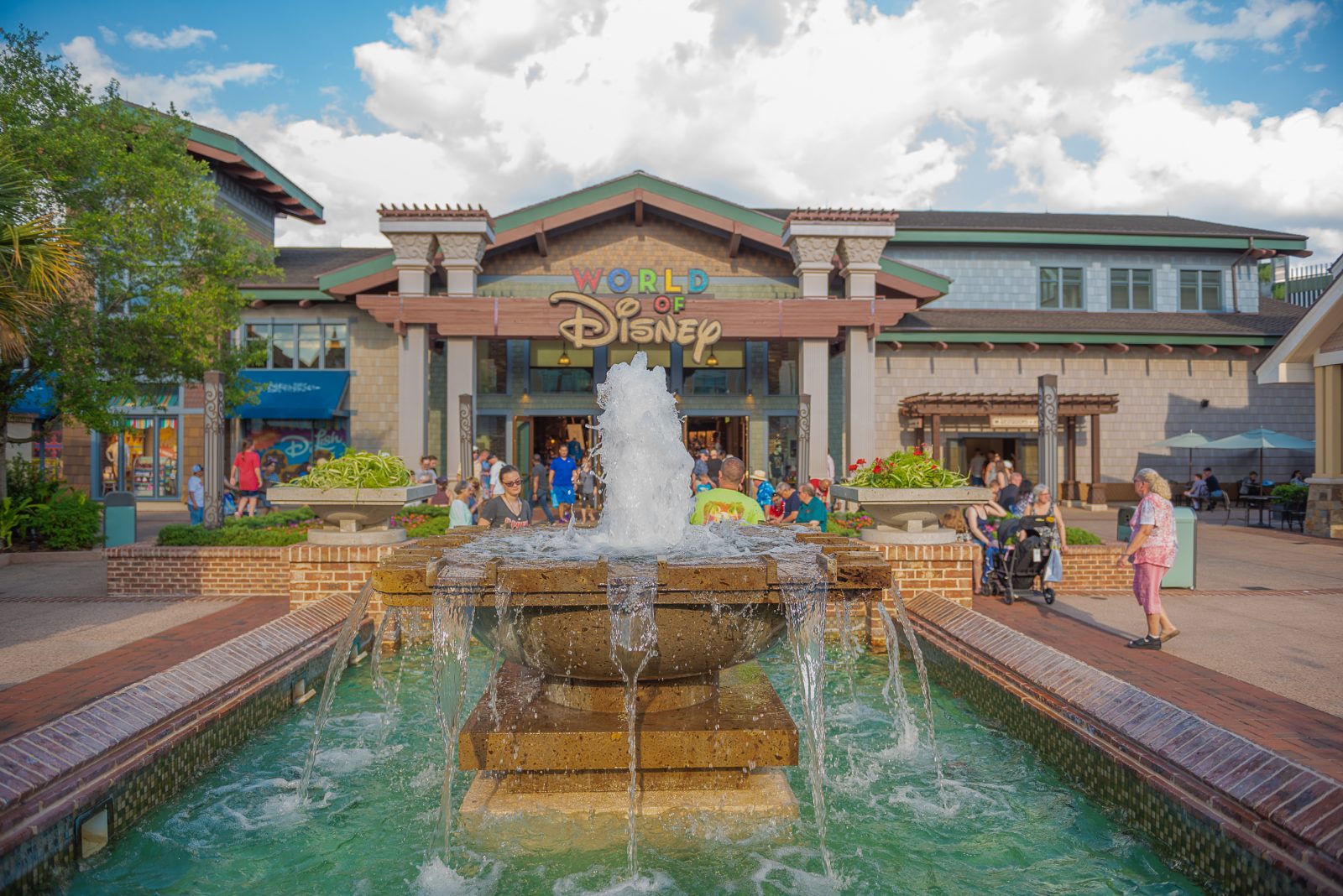Why ‘No’ Mosquitos at Disney World?


Despite being located in Florida swampland, there are few to no mosquitos at Disney World? The reason behind that notable lack of airborne bloodsuckers stands as one of Disney’s many great, yet little known, technical achievements and (spoiler alert) the solutions are mostly based on how the movement of water is engineered and managed throughout the enormous and decidedly soggy property.
By Eric Herman
I’ve always been one of those people who attracts insects, particularly mosquitos. It’s as if my flesh is all bug and no zapper and they feast on me with impunity and gusto. As many of us who endure this characteristic know all too well, being bitten repeatedly can be a miserable experience, and it certainly can compromise what should otherwise be a fun day.
Walt Disney was keenly aware of this issue and as the story goes, he was obsessed with eliminating mosquitos from Disney World. He did not want his guests suffering with itchy welts when they should instead be reveling in fun and fascination. But with a park roughly the size of San Francisco and located mostly in swamp land, how could it be humanely possible to rid the place of the ubiquitous pests?
The answer has everything to do with how Disney manages the abundant waters on the massive site, which today includes four separate theme parks, 33 hotels and literally millions of square feet of surface water.
Orlando, Florida is a region where locals claim mosquito season lasts all year. Yet, when you visit Disney World – as do an average of 58 million people annually – despite all that water and warm temperatures, nary an airborne vampire is to be found. No swatting of the flesh necessary, no torturous buzzing of the ears. You don’t even really need to wear bug repellent.
As it turns out, the abatement measures mostly come down to a complex hydrological infrastructure of the property itself, most of which guests never see. When Disney was planning Disney World, mostly in secret during the late 1950s and early 60s (he died in 1966 and never saw the park completed), he was actively and rightfully concerned that the insects would torment park visitors and possibly spread diseases. In the ultra-controlled, experiential world of Disney properties, that was as unacceptable as selling chewing gum and cigarettes in park concessions. He basically decreed there would be no mosquitos, regardless of the cost.
Being the visionary he was, Disney sought expert help in his efforts to “Imagineer” a plan. When visiting the New York World’s Fair in 1964, he stopped by the General Electric pavilion where he met retired Army Major General, William E. “Joe” Potter, who was the former governor of the Panama Canal Zone, a place where mosquitoes pose a life and death threat via their ability to spread malaria. To protect people in and around the canal, Potter had developed a number of effective measures that Disney wanted to use at what he called his “Florida Project.”
Bringing Potter on board to apply his methods to the property’s development, the basic principle was to do everything possible to make sure there is no standing water anywhere on the massive 43-square-mile property, thus denying the bugs a place to breed. The idea was not to kill the airborne nuisances, but instead to prevent them from being there in the first place.
They drained some of the swamps and cleaned plant-choked lakes and waterways creating a system of 42 miles of canals, 22 miles of levees and 24 water-control gates, all of which are operated automatically based on water levels that rise and fall due to rain. The gravity-driven system requires no electricity or staff for operation, beyond regular maintenance. The canals are still in use more than 50 years after the park’s opening and are still known as “Joe’s Ditches” in Potter’s honor.
The result is that the numerous lakes and network of waterways, including the massive man-made Seven Seas Lagoon all have steady water flow, everywhere, all the time. Additionally, numerous aerating fountains further “unstill” the waters. Even though some of the bodies of water appear still, they are all always moving. Not only does this virtually eliminate mosquito breeding grounds — which only exists in stagnant water — it also contributes to the overall water quality with constant turnover and elevated dissolved oxygen content.
The remarkable story of water and mosquitos at Disneyworld doesn’t stop there. Other massive abatement measures include the architecture on all of the many thousands of structures and hardscape surfaces. Nowhere is water allowed to puddle. All of the rainfall has someplace to go via extensive runoff systems that flow into the lakes and canals. The same is true of the scores of fountain features, no ponding anywhere, no standing water when the systems aren’t running.
Amazing still, all of the 13 million plants used in the properties’ developed landscapes were carefully selected so none of them has water that puddles on their foliage.
With no standing water to be found, mosquitos have no place to lay their eggs and they have essentially disappeared.
Rather than use any kind of pesticide to tackle what remaining blood-loving bugs find purchase on the property, the park is equipped with misters that spray water infused with garlic. Although it’s in such minute concentrations humans can never smell it, the garlic scent does send mosquitos packing. And the site also deploys CO2 traps, which helps with abatement in specific areas.
And there is this one final measure, which is particularly creative. There are chicken coops throughout the park. One of the main reasons for their presence is they are regularly tested for antibodies associated with pathogens that are passed on by mosquitos. The diseases don’t negatively impact the birds, but when park officials discover evidence of mosquito bites in the chickens’ blood, they know those are the parts of the property where they need to investigate and remediate the mosquito breeding sites in that area.
So, while Disney World may be the happiest place on earth, it’s a decidedly tragic kingdom if you’re a mosquito. And, it’s an amazing example of applying watershaping principles on a massive scale to improve the human experience!
Image attribution: Top, Photo by Liz Tracy Photography | Shutterstock; Illustration by Refluo | Shutterstock.











